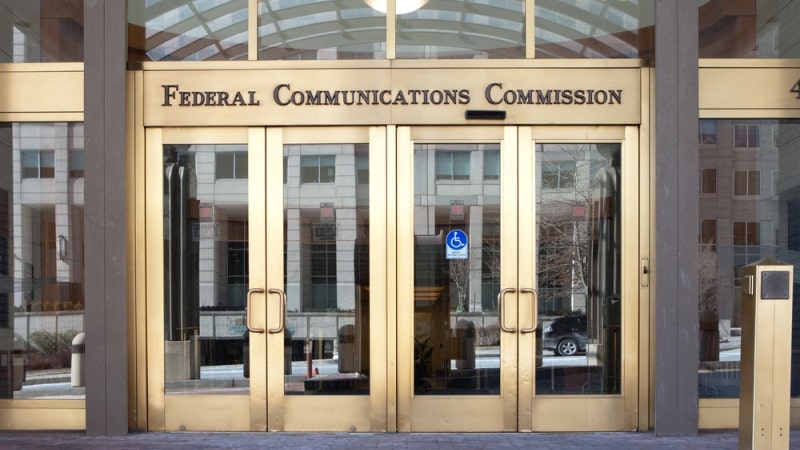
The Federal Communications Commission (FCC) received a mostly favorable review from the Government Accountability Office (GAO) on how the agency is proceeding with improving broadband service access maps, but GAO also flagged that the FCC will face technological challenges with integrating disparate sources of broadband service location data.
Many people in the U.S. still don’t have reliable broadband internet access, and Federal efforts to bridge the digital divide rely heavily on data that the FCC collects from broadband service providers to determinate accurate broadband service maps.
In 2017, the FCC launched efforts to improve the accuracy of its broadband deployment data. Toward that end, in 2020 – with guidance from the Broadband Deployment Accuracy and Technological Availability Act – the FCC began work to create a database of U.S. locations that either are, or could be, served by broadband, which will allow for more precise assessments of where broadband service is lacking, GAO said in a September 28 report.
The report explains that the FCC has in the past measured broadband deployment by counting an entire census block as served if a provider reports that it offers service to at least one location in the census block. But this method can overplay the extent of broadband deployment – if the data showed that a census block has broadband, there was a likelihood that not all locations in the census block are served.
Getting granular and highly accurate data is crucial because Federal, state, local, and tribal governments use broadband maps to decide where service is needed, and how to fund broadband service expansions.
“The purpose of this data collection effort is to improve the granularity and precision of FCC’s broadband deployment mapping, which will allow FCC to assess where people still lack broadband access more precisely,” the GAO report says.
The government watchdog agency found that the FCC has taken reasonable steps to implement the 2020 law to “create a location fabric, which is a dataset of all locations or structures in the U.S. that could be served by broadband, over which broadband deployment data can be overlaid.”
To start, the agency hired a data architect to help with the database. The FCC also issued a request for proposals for a product to meet its location database needs. This vendor for that project also will be responsible for developing a process for state, local, and tribal entities to question and correct fabric location data to improve their accuracy, as required by the law.
However, GAO also talked about a key challenge faced by the FCC in dealing with the limitations of location data, and the challenge of integrating disparate data sources.
According to data companies, broadband providers, and telecommunications industry associations that GAO interviewed, no single dataset is sufficient for developing a database of all locations in the U.S. where providers could provide broadband service. To address this challenge, the FCC must integrate multiple types of data.
The parties interviewed by GAO identified four key data types that each have advantages and limitations including with completeness, accuracy, and consistency of data. Those data types include parcel data, county property tax assessor data, building footprint data, and address data.
When combined in various ways, those datasets can create a database of all serviceable locations, and having a combination of data types would help address limitations with the data, GAO said.
